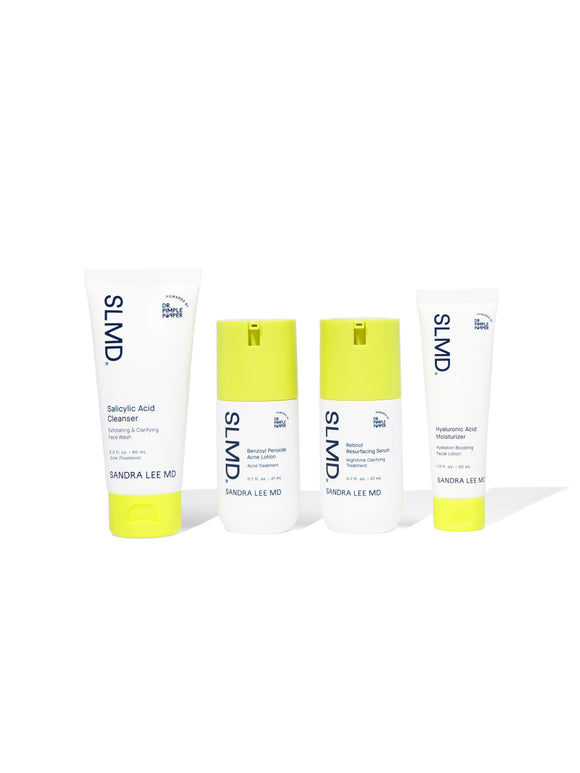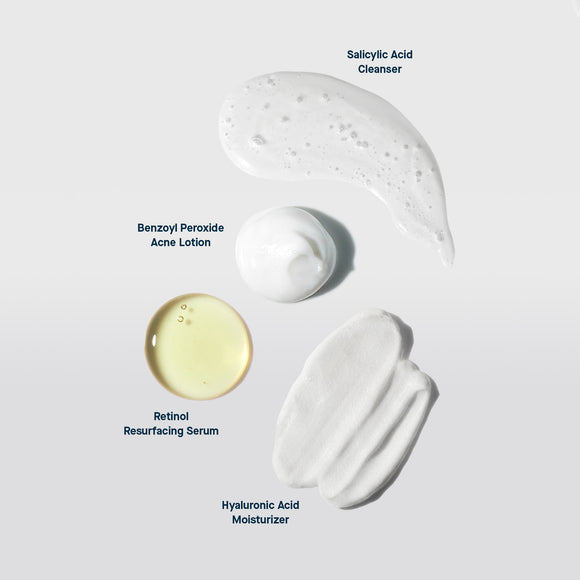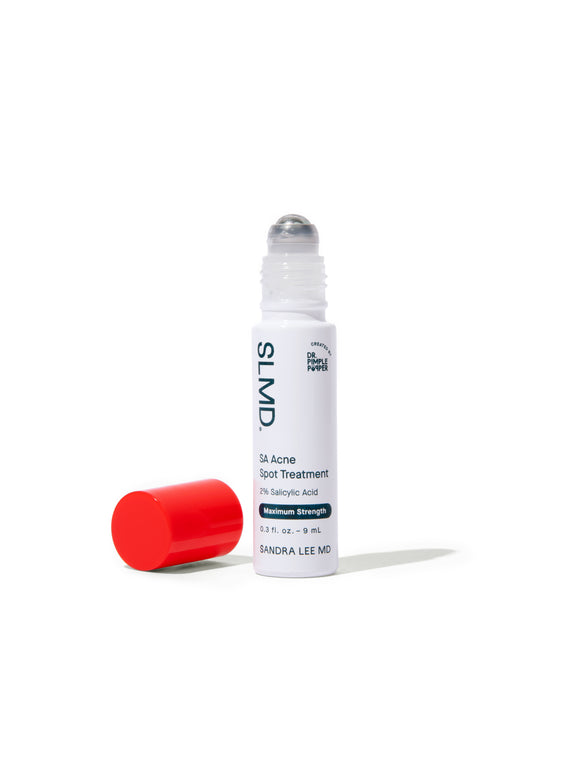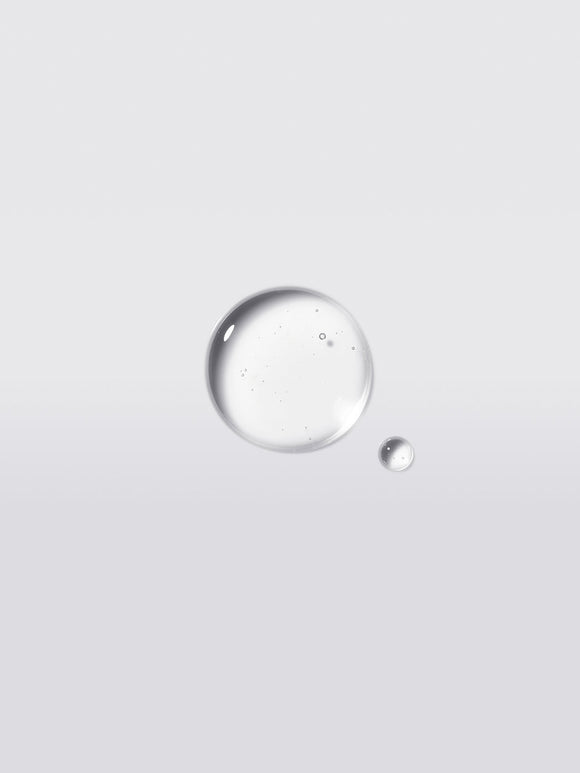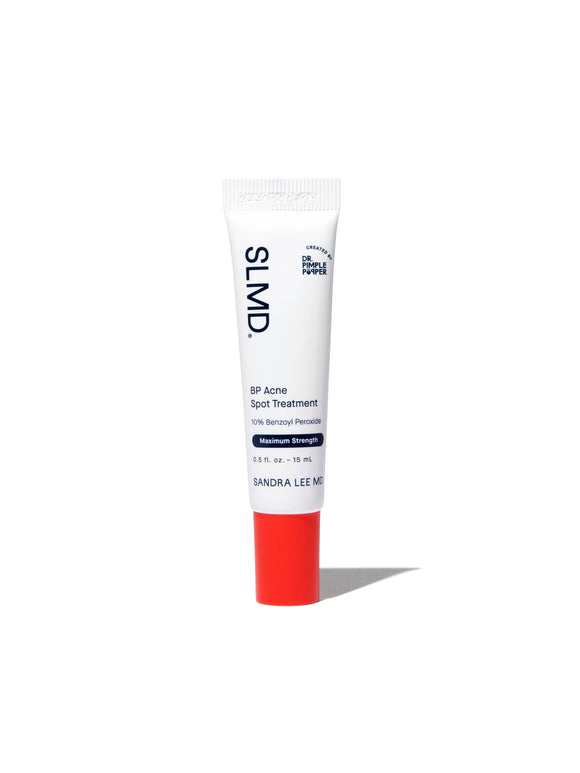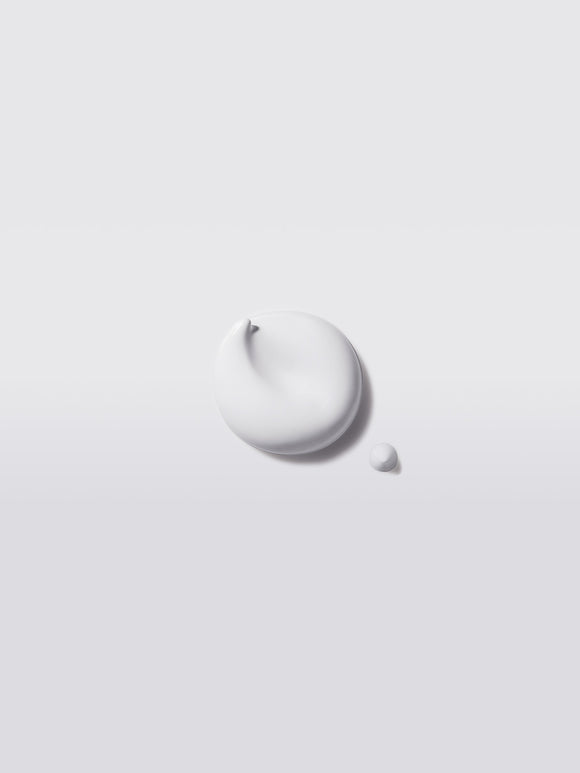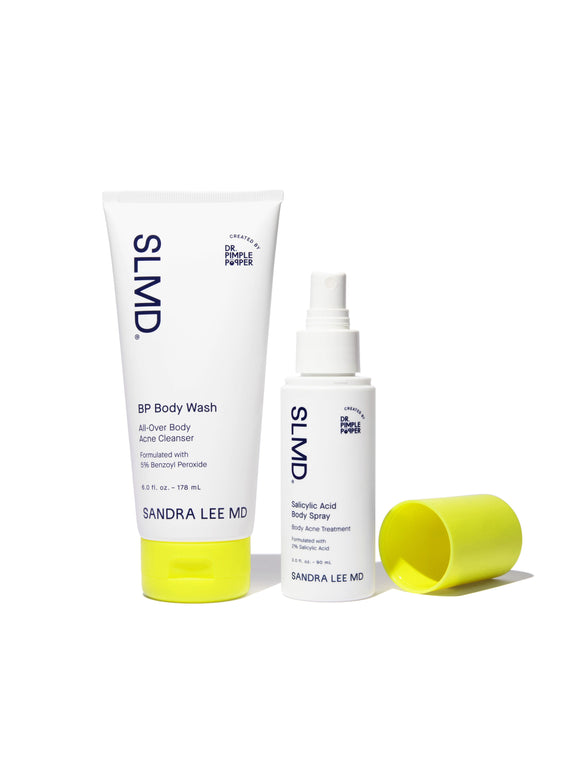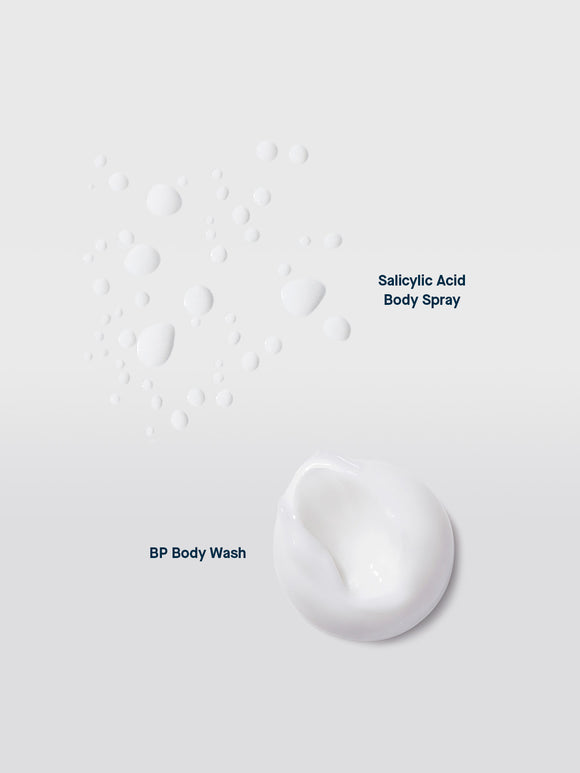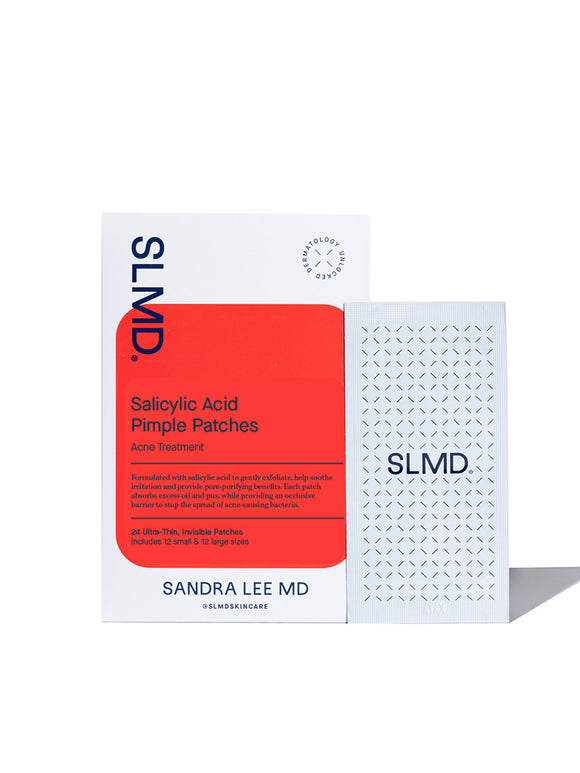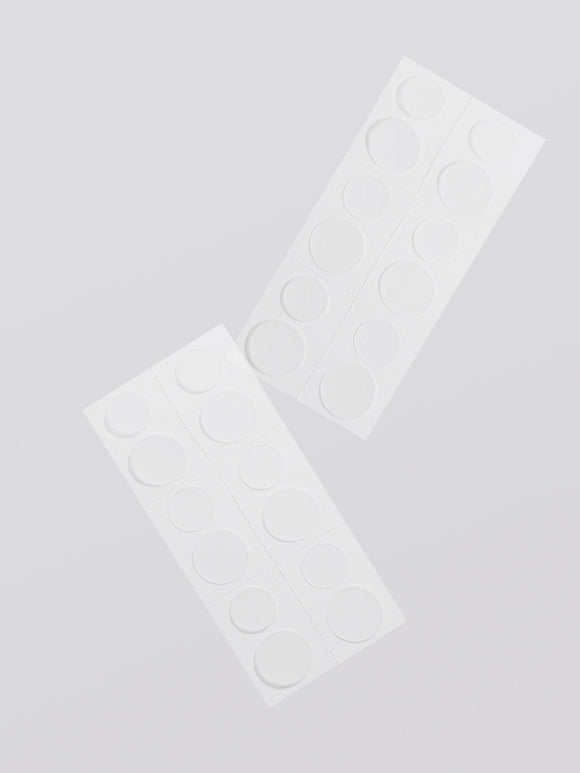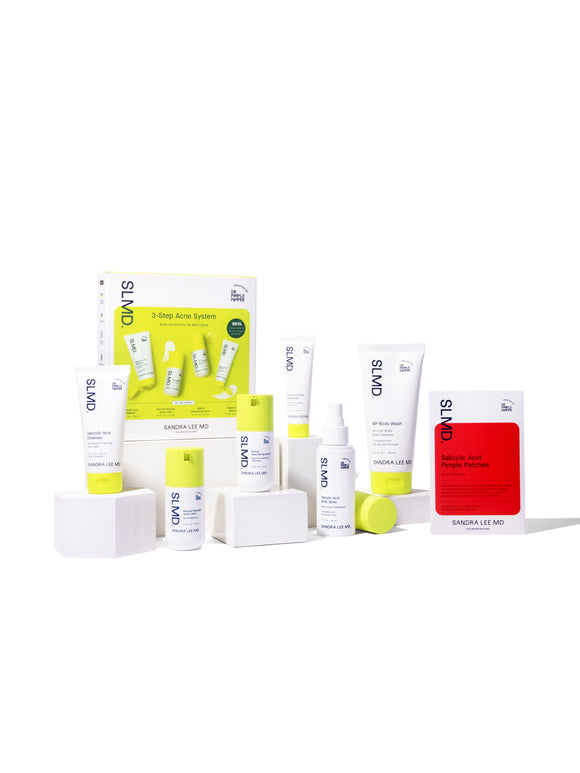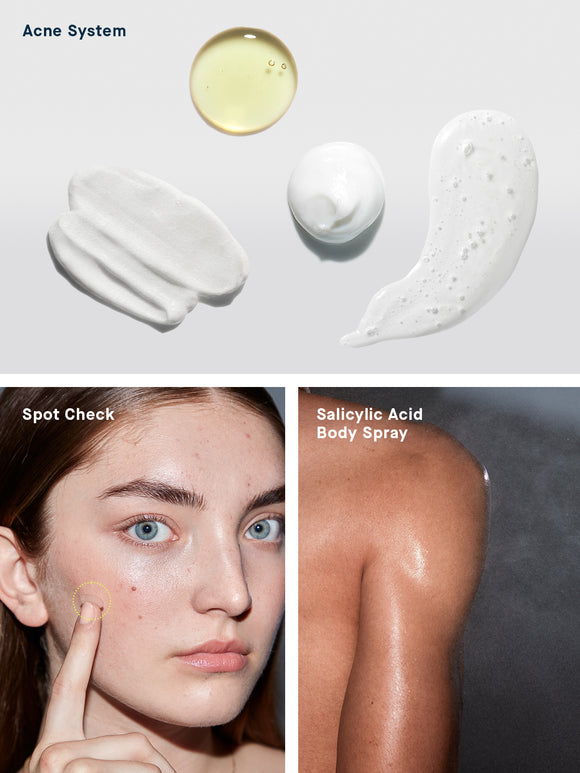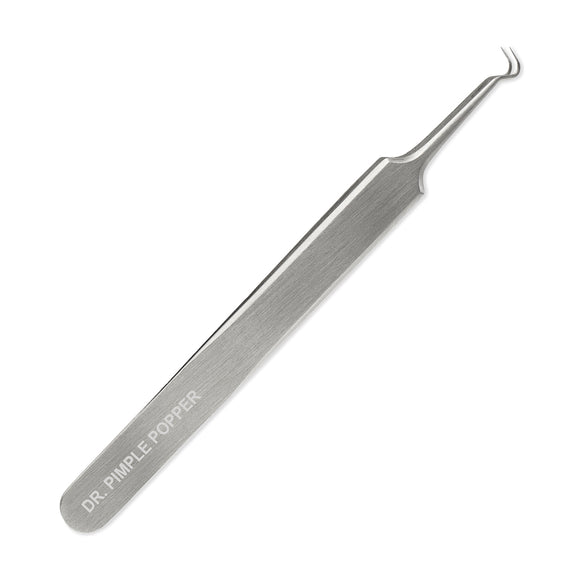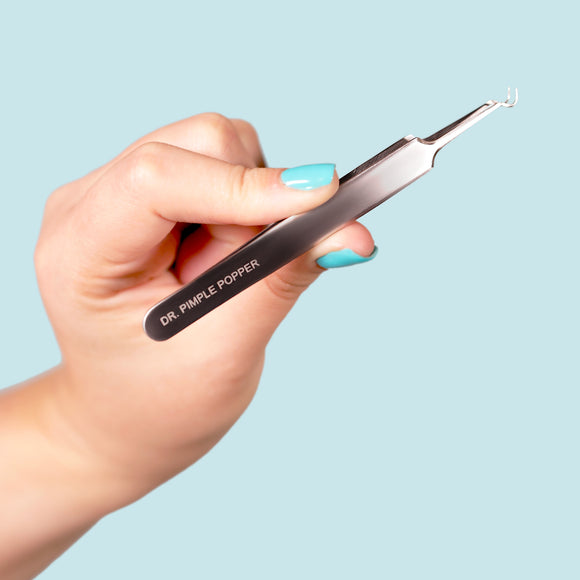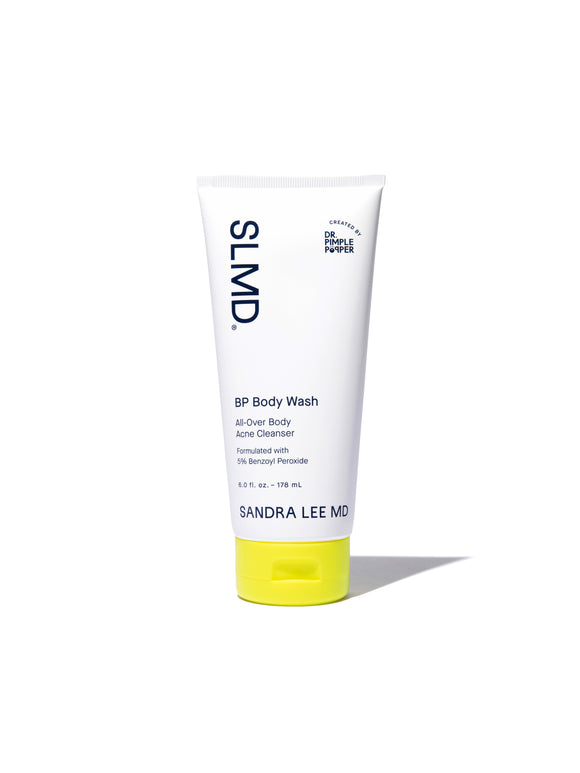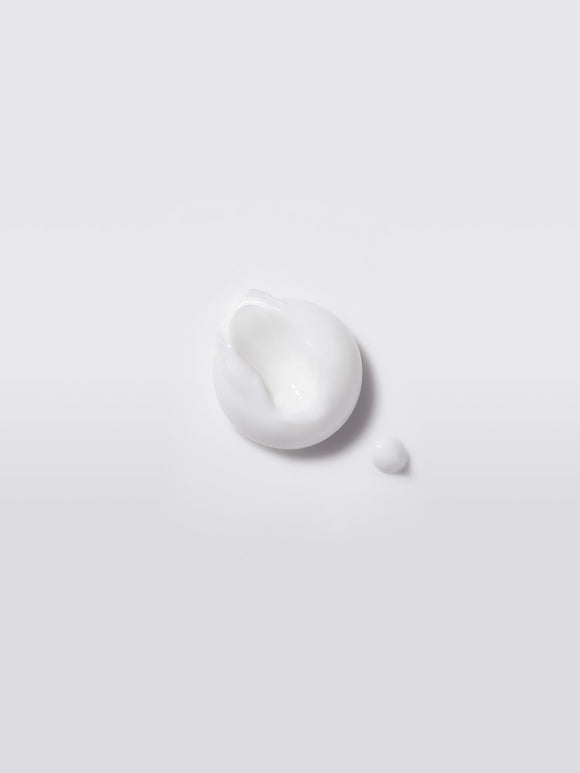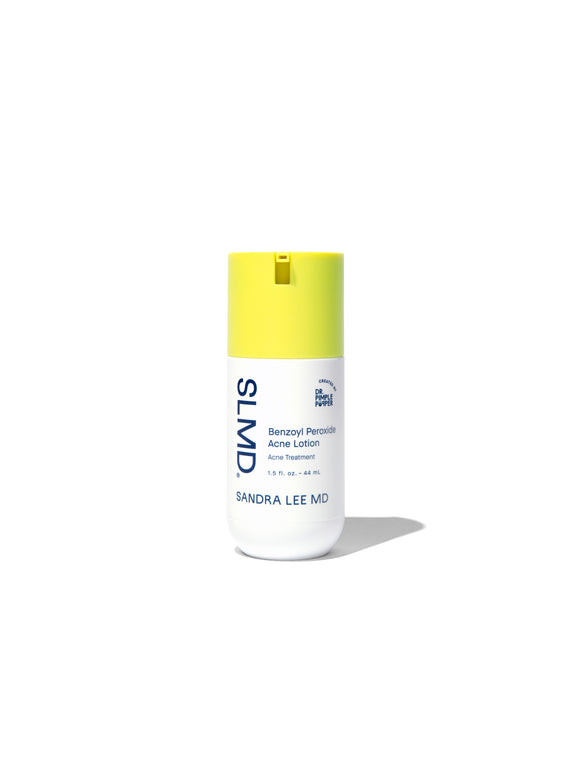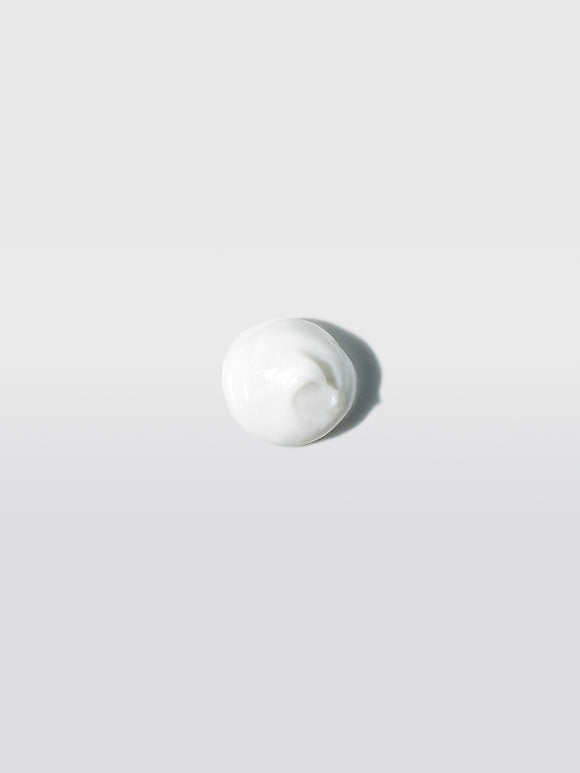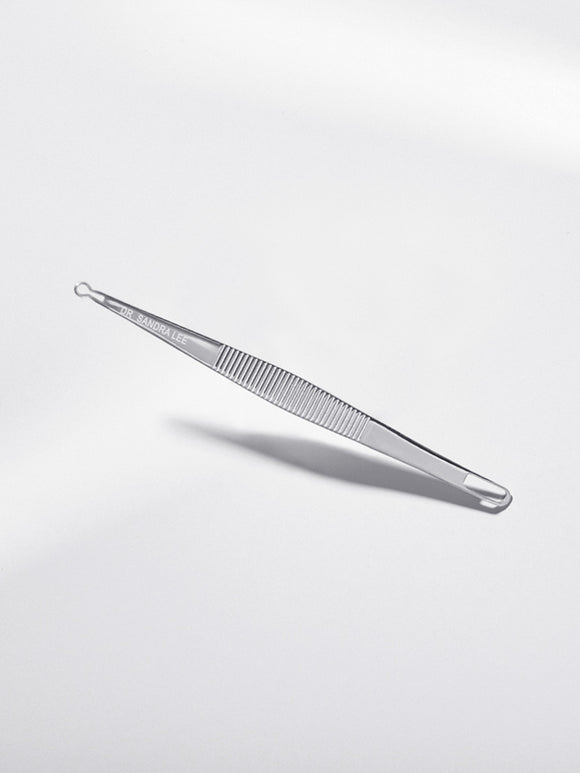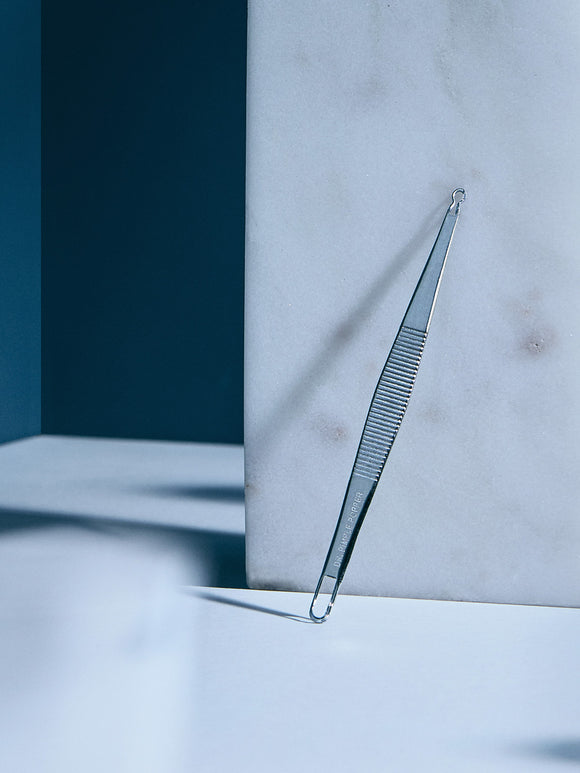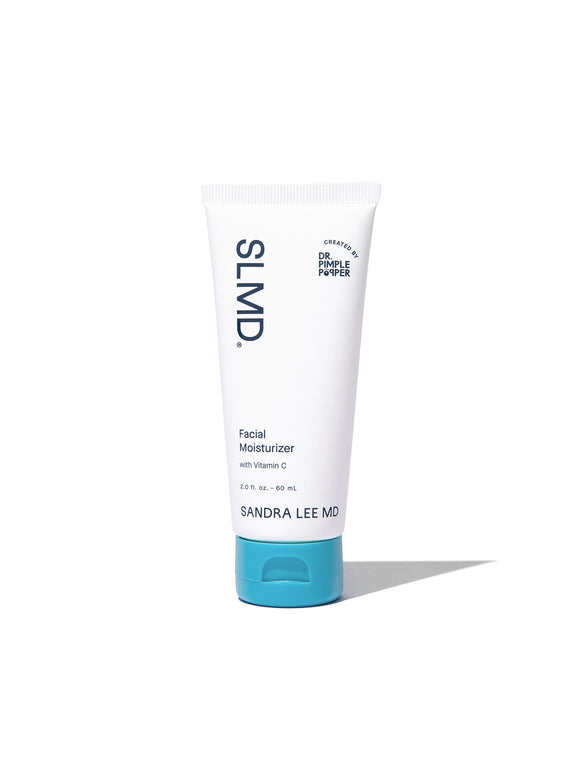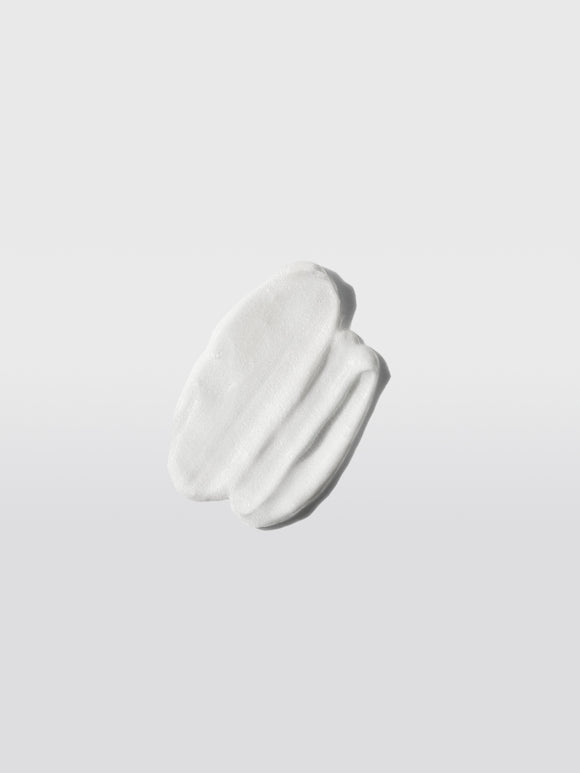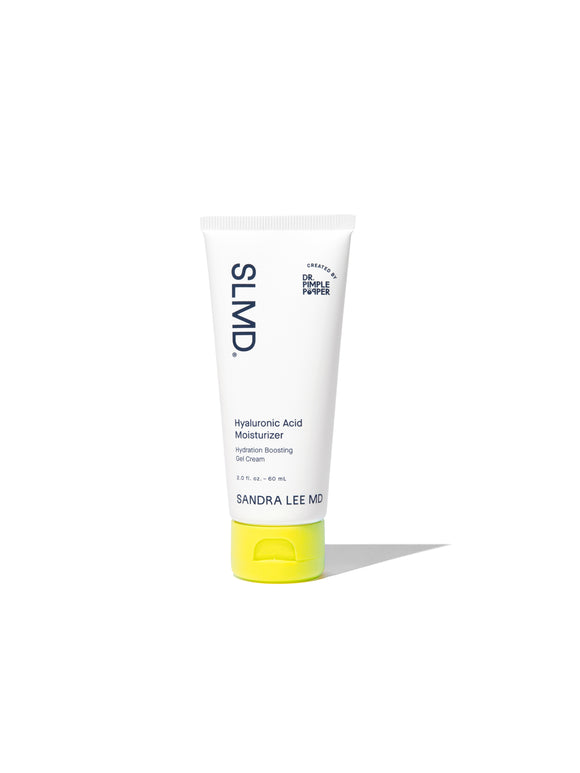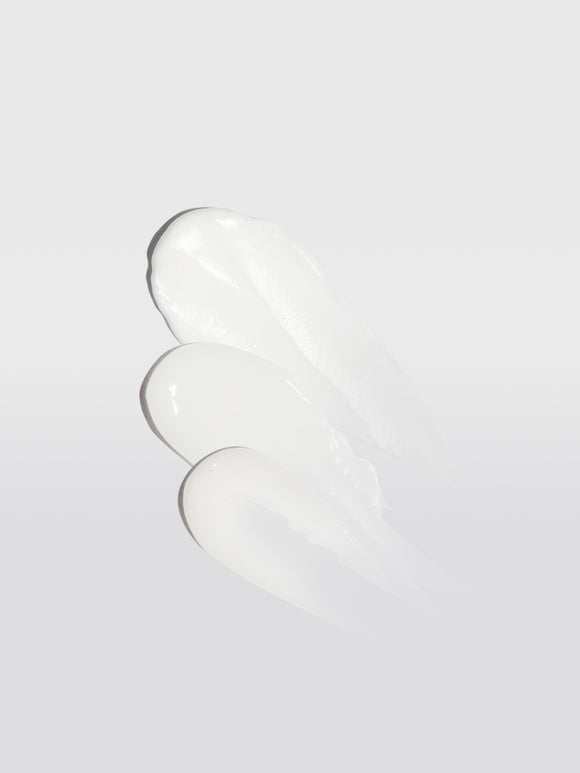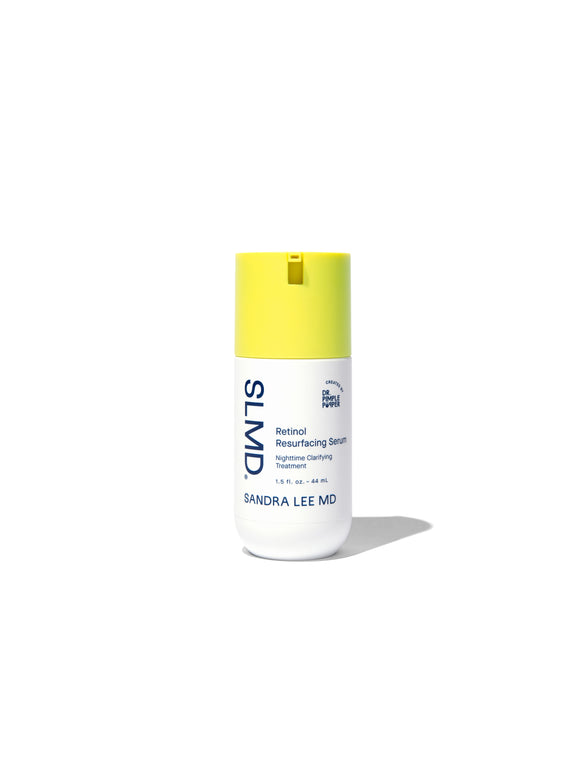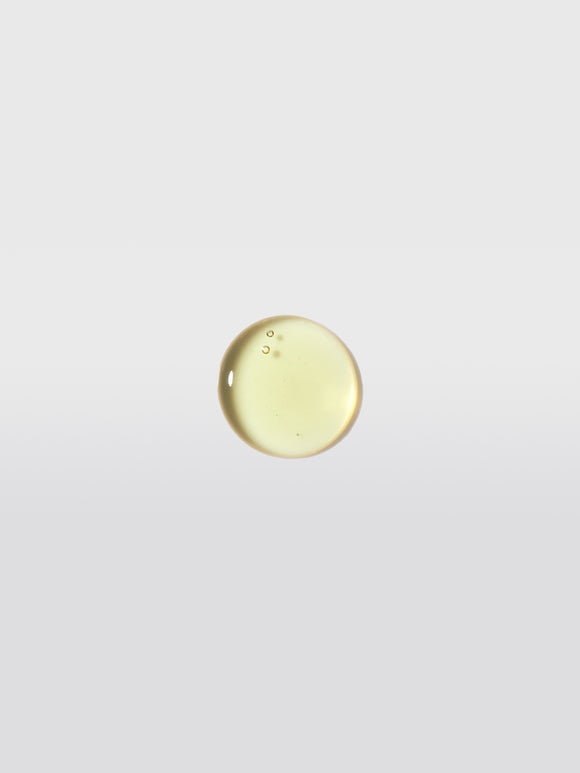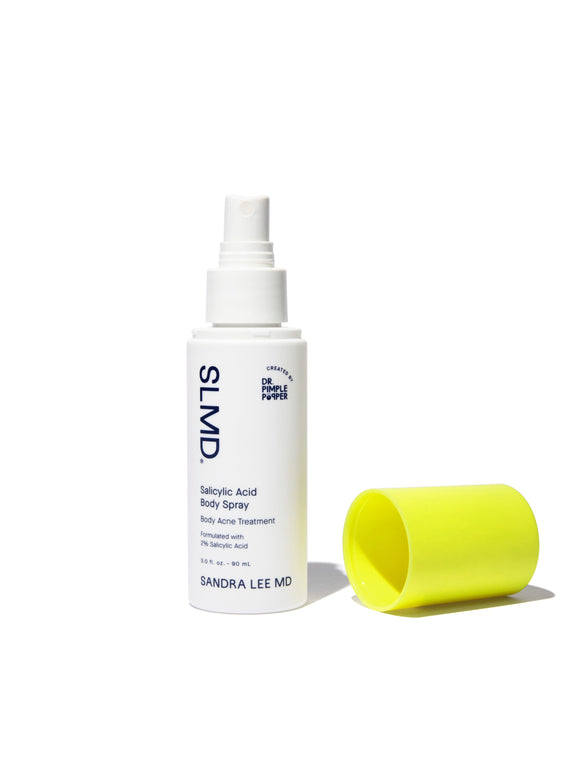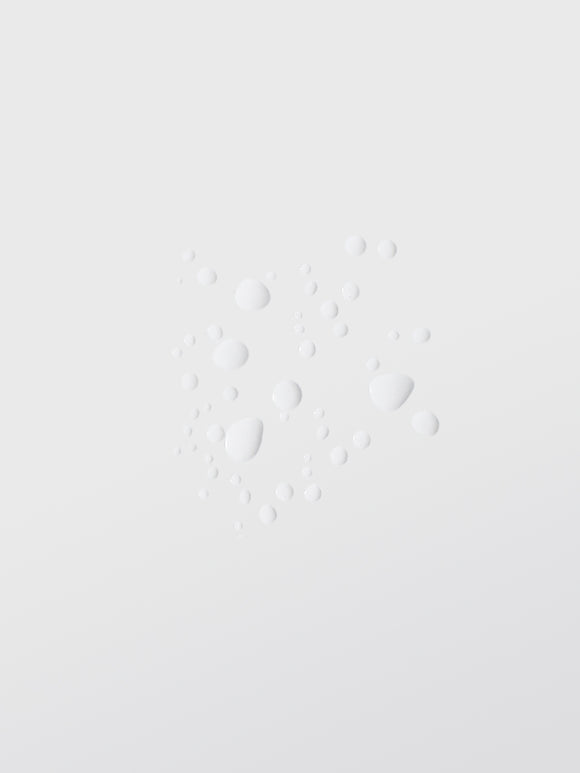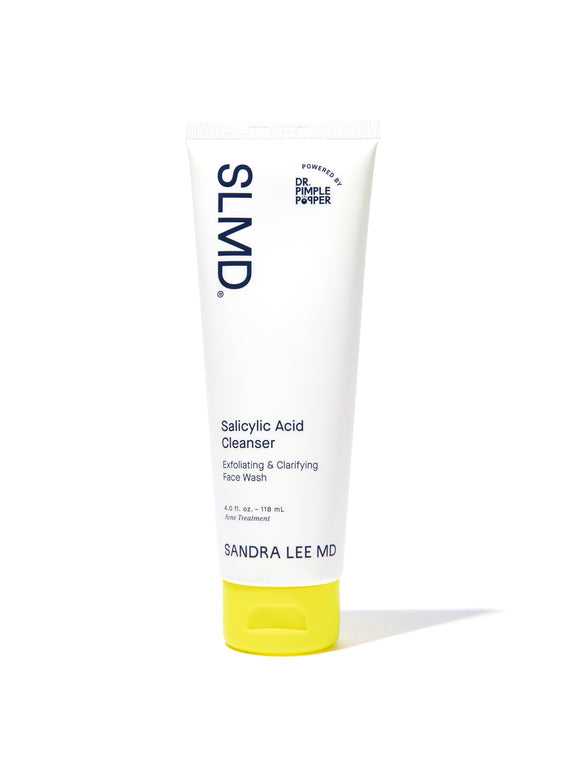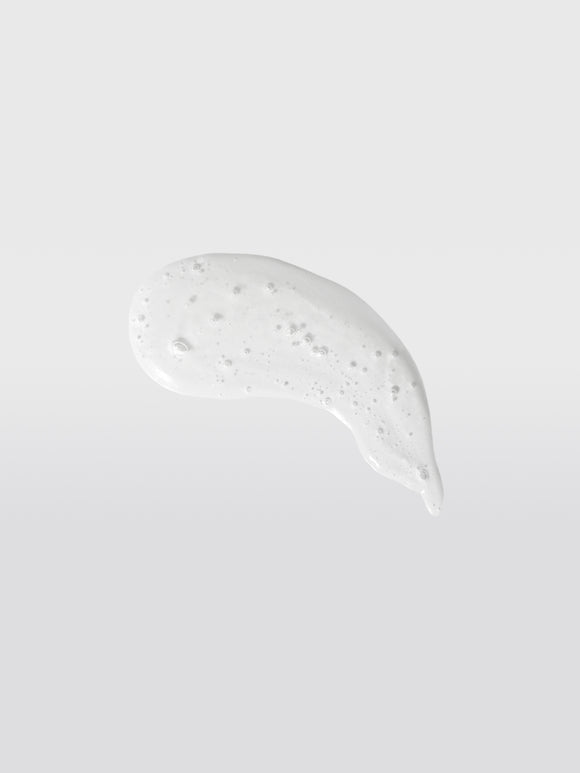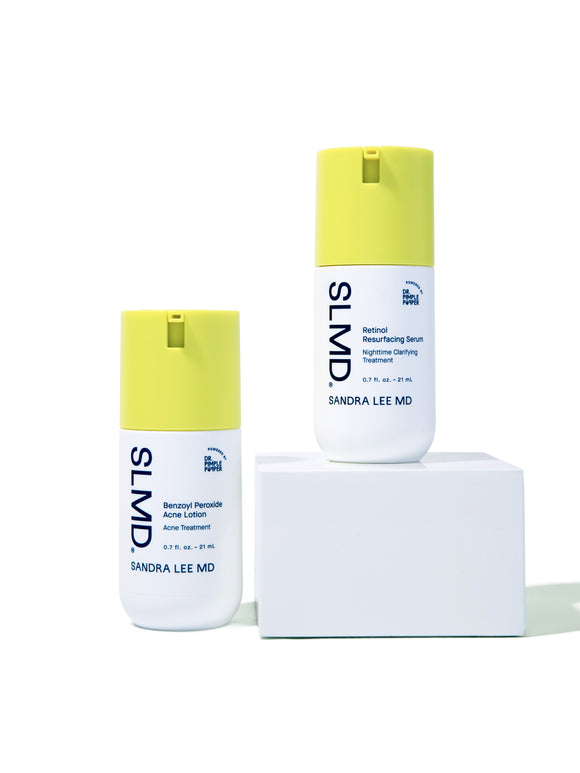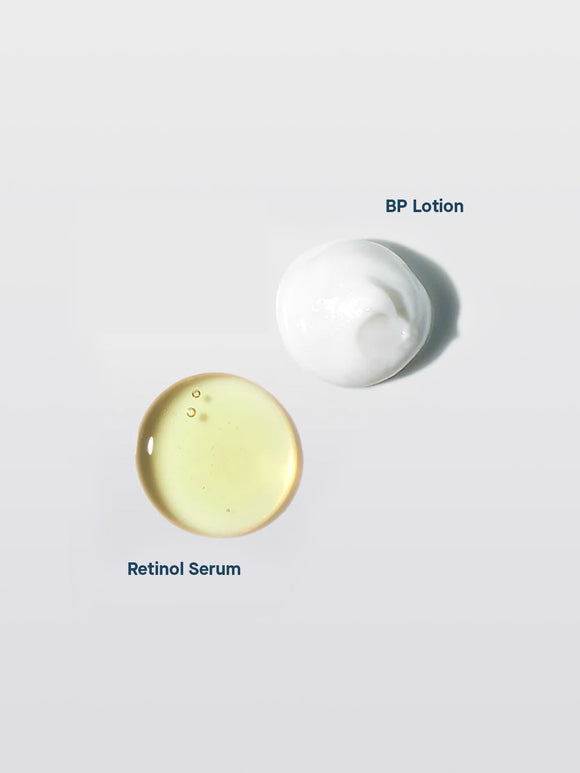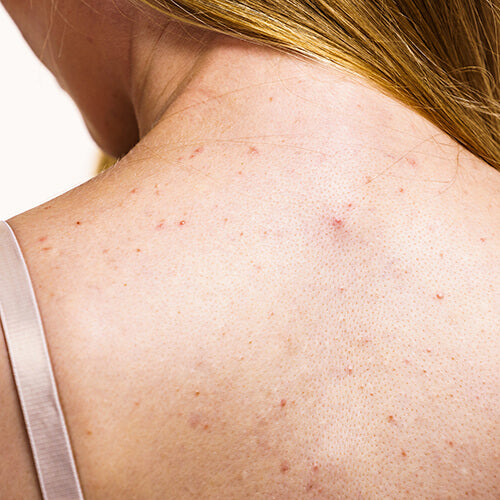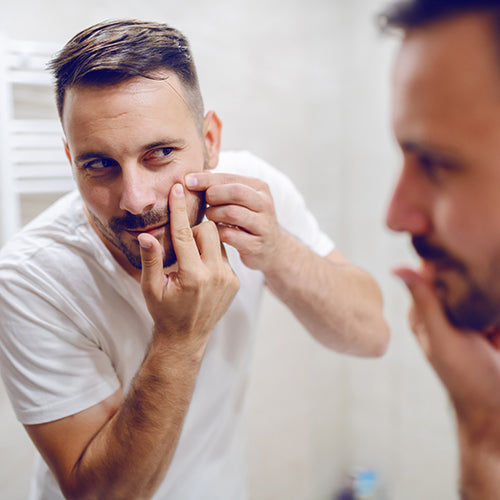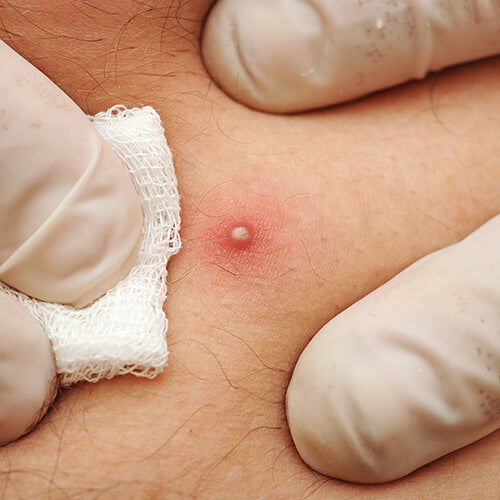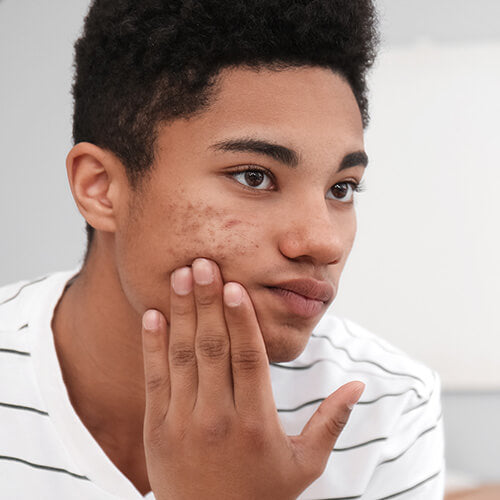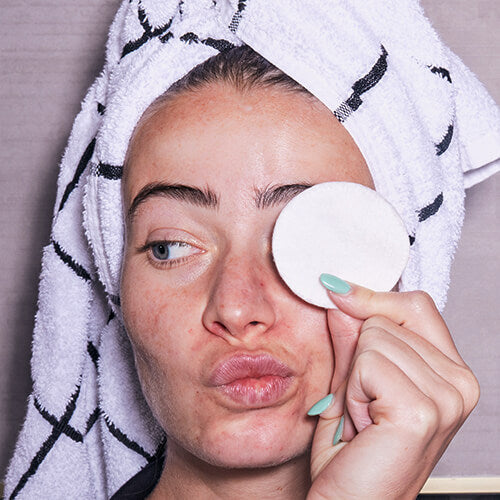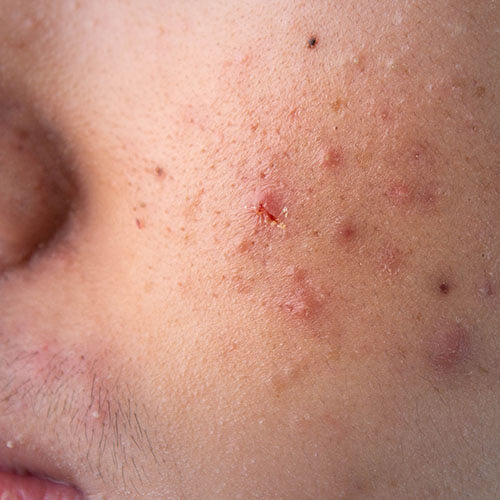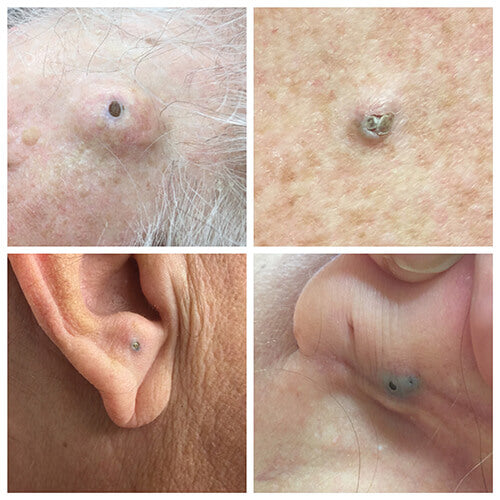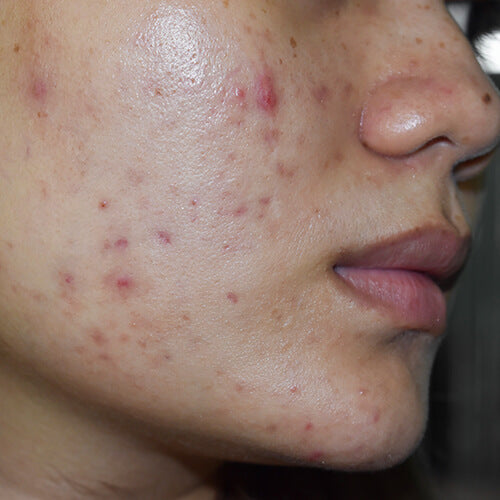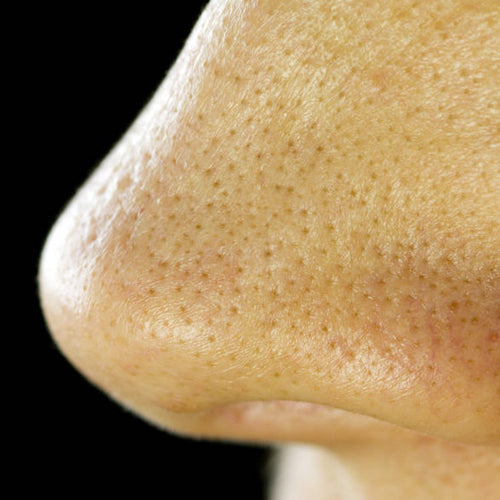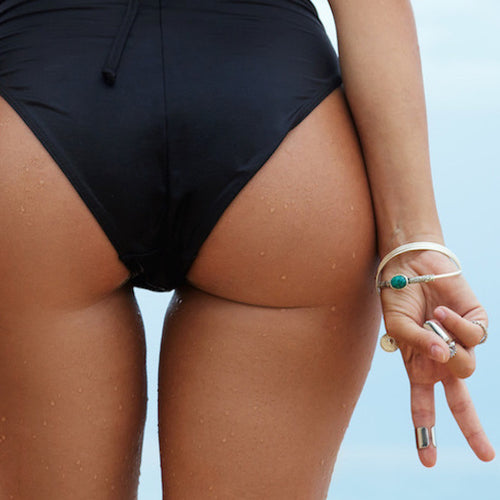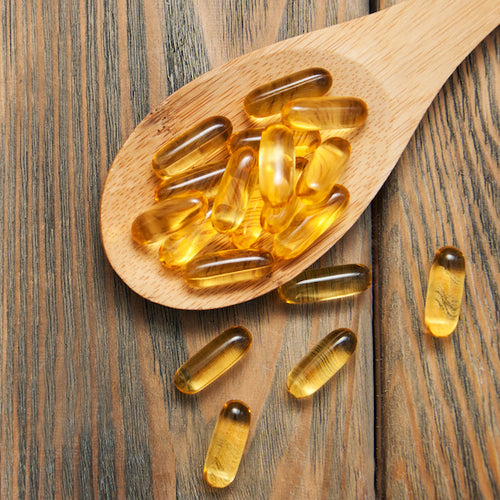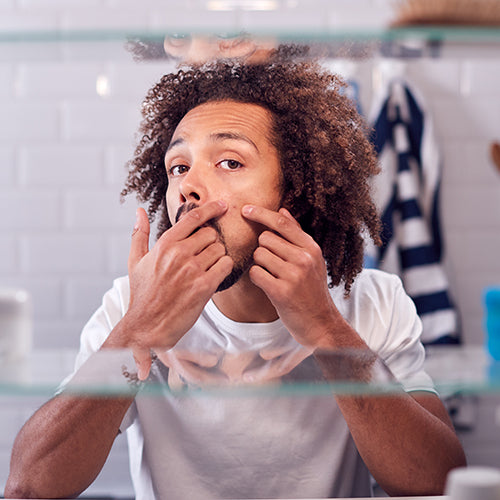
Acne in Men: Dr. Pimple Popper's Guide to Treatment & Prevention
Guys — here's everything you need to know about banishing breakouts on your face and body.
Published:
7 minute read
Many teenage acne sufferers have taken comfort in the knowledge that it’s just a phase — until it isn’t. Breaking out in your 30s, 40s, and beyond has become increasingly common for both women and men, though researchers aren’t totally sure what’s causing the spike.
Though recent studies show that adult acne is more common in women (most likely due to monthly hormonal fluctuations), more and more men are experiencing post-adolescent pimples. Here are some theories as to why it’s happening — and what you can do about it.
Article Quick Links
Why adult men still get acne
Acne doesn’t discriminate: but when it comes to the skin, the sexes are definitely not created equal. Because men have more testosterone, they produce more sebum than women do. This explains why teen boys typically experience more acne than girls.
While it used to be that acne tended to disappear in the early 20s, that’s not necessarily the case anymore. Acne is increasingly common among adult men, leading to more midlife breakouts.
Scientists think it’s due to:
Hormonal fluctuations
Shifts in testosterone levels can cause an uptick in oil production, leading to clogged pores.
Genetics
Family history of adult acne is a strong predictor of whether or not you’ll have it.
Shaving/beard care
Shaving can irritate the skin and cause ingrown hairs and acne, while beard care products can clog pores, leading to pimples.
Sweat and physical activity
Sweat mixed with bacteria and oils can clog pores, especially if you don't shower promptly.
Stress
Can increase cortisol levels, leading to higher oil production and acne.
Diet
Unhealthy eating habits, like consuming high-glycemic foods and hormone-filled dairy products, can spike insulin levels that stimulate sebum.
Medications and supplements
Certain drugs, including steroids and lithium, can lead to adult male acne.
Smoking
This habit constricts blood vessels, decreases collagen and elastin production, and weakens your skin barrier, leaving it more susceptible to acne.
Environment
It’s no surprise that our modern world is more polluted than the past. Oxidative stress damages your skin’s DNA and protective barrier.
Dr. Pimple Popper's Acne Picks
Most common types of acne in men
Facial acne
This is the most prevalent type of acne in men, typically affecting the forehead, nose, cheeks, and chin. Facial acne can range from blacheads and whiteheads to more severe forms like cysts and nodules.
Back acne (aka bacne)
Back acne is common among men due to the larger sebaceous glands on the back. It often results from sweat, friction from clothing, and improper hygiene after physical activities.
Chest acne (aka chestne)
Similar to back acne, chest acne can be caused by excessive sweating, friction from clothing, and clogged pores due to body oils and sweat.
Acne mechanica
This is a type of acne triggered by heat, pressure, friction, and occlusion. It can be caused by wearing tight clothing, sports equipment, or carrying heavy backpacks.
Dr. Pimple Popper’s tips for treating acne in men
Enough about why your face is breaking out — here’s how to handle it, according to board certified dermatologist Dr. Sandra Lee, aka Dr. Pimple Popper.
#1 Be gentle with your face
In spite of the violent ways we describe treating acne — battling, fighting, etc. — you don’t really need to attack your skin when breakouts erupt. Instead of waging war, follow these suggestions:
- Don’t pick, pop, squeeze or impale your pimples with sharp objects. It can be satisfying (or a bloodbath), but poking at your acne can drive bacteria deeper, making it worse, or even lead to permanent scarring.
- Do wash gently with warm (not hot) water. You’re not scrubbing in for surgery, so take it easy on your poor pores. Rough buffing pads, loofahs, even washcloths(!) can cause micro tears in your delicate facial skin, damaging your skin barrier and exacerbating your acne.
#2 Use the proper ingredients
Sometimes it just seems easier to use whatever cracked, petrified soap you find in the shower to take care of your body, face and hair all at once (you know who you are). But if you want to heal your acne, there are a few key ingredients favored by Dr. Lee:
- Salicylic acid. This beta hydroxy acid is a super exfoliator, which means it clears all the dead skin, oil, and dirt that gets trapped deep in your pores. Look for it in cleansers and spot treatments.
- Benzoyl peroxide. This stuff kills the bacteria that causes acne and also reduces redness and inflammation. Try it in acne lotions and spot treatments — but be aware, it can stain fabrics and might bleach your hair a bit.
- Retinol. A powerful vitamin A derivative, retinol increases cell turnover, which prevents some of the buildup that blocks pores. It's best used at night. Bonus: it helps prevent fine lines and wrinkles.
- Moisturizer. It may seem counterintuitive, but even if your skin is oily and breaking out, it still needs moisture — especially when you’re using dermatological ingredients that may be strong or drying.
- Sunscreen. Nope — the sun doesn’t cure acne, it just makes your inflammation worse, particularly if you’re using acne care products. Use a non comedogenic (read: non-pore-clogging) sunscreen daily, even if you’re mostly staying inside.
SLMD Skincare to try: Acne System, Body Acne System, SA Acne Spot Treatment, Salicylic Acid Pimple Patches, Benzoyl Peroxide Acne Lotion, BP Acne Spot Treatment, Retinol Resurfacing Serum, Facial Moisturizer w/Vitamin C
#3 Shave the right way
While shaving doesn’t actually cause acne, you could be making it worse if you’re not using the proper technique. What’s more, you could be creating razor bumps (aka ingrown hairs) as well. Here’s how to tell the difference between the two:
- Acne is caused by buildup that clogs pores and can appear as blackheads, whiteheads, pustules or cysts anywhere on the face and body.
- Razor bumps are the redness, irritation and inflammation that arise when hairs curl inward and grow back into the skin after shaving. Typically, they only occur in shaved, plucked or waxed areas.
Before you decide to abandon shaving in favor of facial hair, know this: beards can be a breeding ground for acne-causing bacteria.
According to Dr. Lee, it is possible to shave safely when you have acne, just keep a few things in mind:
- Start with a clean face. Wash with warm water and SLMD Salicylic Acid Cleanser.
- Steam to soften hair. It’s OK to skip this step, but shaving after a warm shower — or placing a warm (not hot!) washcloth on your face will soften up the hair for easier removal.
- Use a shaving cream with lightweight ingredients. Foams and gels often contain harsh or occlusive ingredients, so look for a gentle cream that’s specially-formulated for acne-prone skin.
- Steer clear of multiple blades. Opt for a sharp, single-blade, pivoting razor that traps less bacteria and clean it with alcohol after you’re done.
- Shave in the direction of hair growth. This helps prevent ingrowns.
- Avoid shaving active acne. Nicking whiteheads or inflamed pustules releases trapped bacteria and spreads it all over your face — potentially making baby blemishes.
Skin conditions that look like acne
Several skin conditions can mimic the appearance of acne, making it important to accurately diagnose the issue for proper treatment. Your dermatologist knows best, but here are some common concerns that can be mistaken for acne:
- Folliculitis: This condition occurs when hair follicles become infected or inflamed, often mistaken for acne. It can be caused by bacteria or yeast (aka fungal acne).
- Razor burn/razor bumps: These occur due to shaving and can mimic acne by causing red, inflamed bumps.
- Staph infections: Bacterial infections, such as those caused by Staphylococcus aureus, can look like acne but typically require different treatments.
- Rosacea: A chronic inflammatory skin condition that can cause redness, pimples, and visible blood vessels, often mistaken for acne.
When to see your dermatologist for your acne
If you don’t see any improvement in your acne — or if it gets worse — over the course of a few months, it’s time to visit your dermatologist. According to Dr. Lee, there are a few things that could be going on:
- Hormonal imbalance. Excess testosterone could be the result of an underlying condition.
- Infection. Sometimes, acne isn’t really acne — it’s another type of skin infection caused by a bacteria (like staph) or a fungus.
- Severe inflammatory acne. Acne that doesn’t respond to over-the-counter medications can often be managed with prescription drugs, sometimes combined with laser or light therapy.

Dr. Lee's Last Word
I’ve found that my male acne patients do best with a simple, uncomplicated regimen that’s not hard to stick to. With a little education and a consistent routine, the majority of my male patients see great success. In cases of severe inflammatory or persistent acne, it’s best to see your dermatologist so you can rule out an underlying condition and find alternative treatments, like oral medications.



